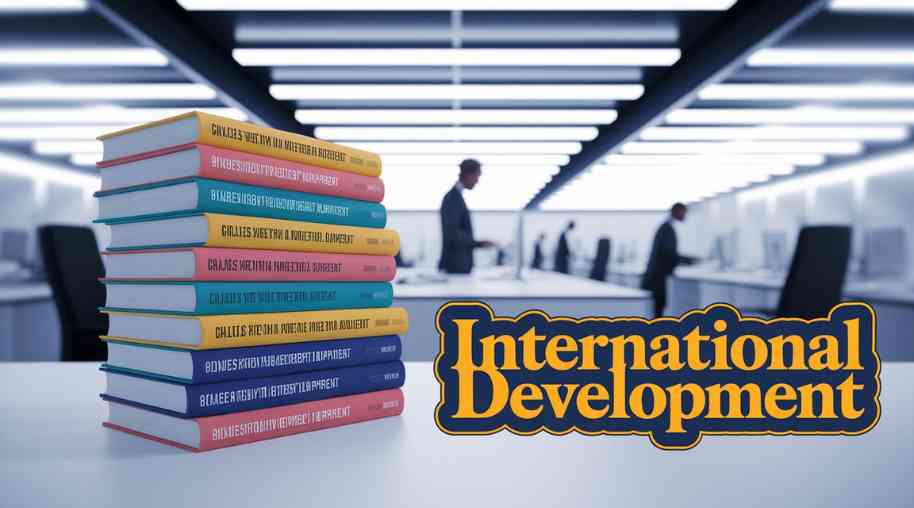Central Processing Unit (CPU)
by Sonam Singh
0 4817
CPU (Central Processing Unit) is the control unit within a computer that process and carries out the instructions of a computer program by performing the basic operations, controlling and input/output operations specified by the instructions.
CPU is often referred to as the brain of the computer. CPU takes input from keyboard, mouse, printer etc. or computer program and interprets what it needs.
This process can be broken down into three key stages:
a) Fetch
b) Decode
c) Execute
A CPU fetches the instruction from a system's RAM and then it decodes what the instruction actually is, before it is executed by the relevant parts of the CPU. In modern systems, the CPU doesn't do everything, but it still has to feed specialized hardware the numbers they need to do their job.
CPU History:
Early computers had to be physically rewired to perform different tasks. When CPU's concept came, stored program computer came into existence. In 1823, Baron Jons Jacobs Berzelius discovers silicon (Si), which today is the basic component of processors.
In 1903, tesla patented electrical logic circuits called "gates". Then following came into light:
- 1947 - Transistor CPUs
- 1958 - Small-scale integration CPUs
- 1960 - Large-scale integration CPUs
- 1971 - Microprocessors by Intel
The CPU was first developed at Intel with the help of Ted Hoff and others in the early 1970's.
The first processor released by Intel was the 4004 processor. The 4004 had 2,300 transistors which could perform 60,000 operations, addressed 640 bytes of memory and cost $200.
CPU components:
a) Control Unit (CU): It contains circuitry that uses electrical signal to direct the entire computer system to carry out stored program instructions. It doesn't execute instruction but direct the other parts of system to do so.
b) Arithmetic Logic Unit (ALU): is a digital circuit within the processor that performs arithmetic logical operations.
c) Memory Management Unit (MMU): it translates logical addresses into physical RAM addresses and provides memory protection and paging abilities to Virtual machines.
d) Registers: is fast storage located on the CPU and used for storing data that CPU requires to run programs.
e) RAM (Random Access Memory): It process instructions via the registers that they are working on at that time. Remaining data is kept external from the CPU in RAM memory and is called upon when required.
f) Cache: RAM is slower that the CPU registers; Cache memory is used directly on the CPU.
g) CPU Buses: Buses are the wires that link the CPU to the RAM and the other components of the server.
h) ROM (Read Only Memory): A ROM stores such instructions that are required to start a computer.
CPU performance or speed:
Speed depends on many factors. Basically it is the number of instruction CPU can perform per second. Processing performance of computers is increased by using multi-core processors, which essentially is plugging two or more individual processors (called cores in this sense) into one integrated circuit.
CPU speed is measured in Hertz (Hz) and the typical measure for modern processors is Gigahertz (GHz), where 1 GHz is equal to one billion cycles per second.

Share:








Comments
Waiting for your comments